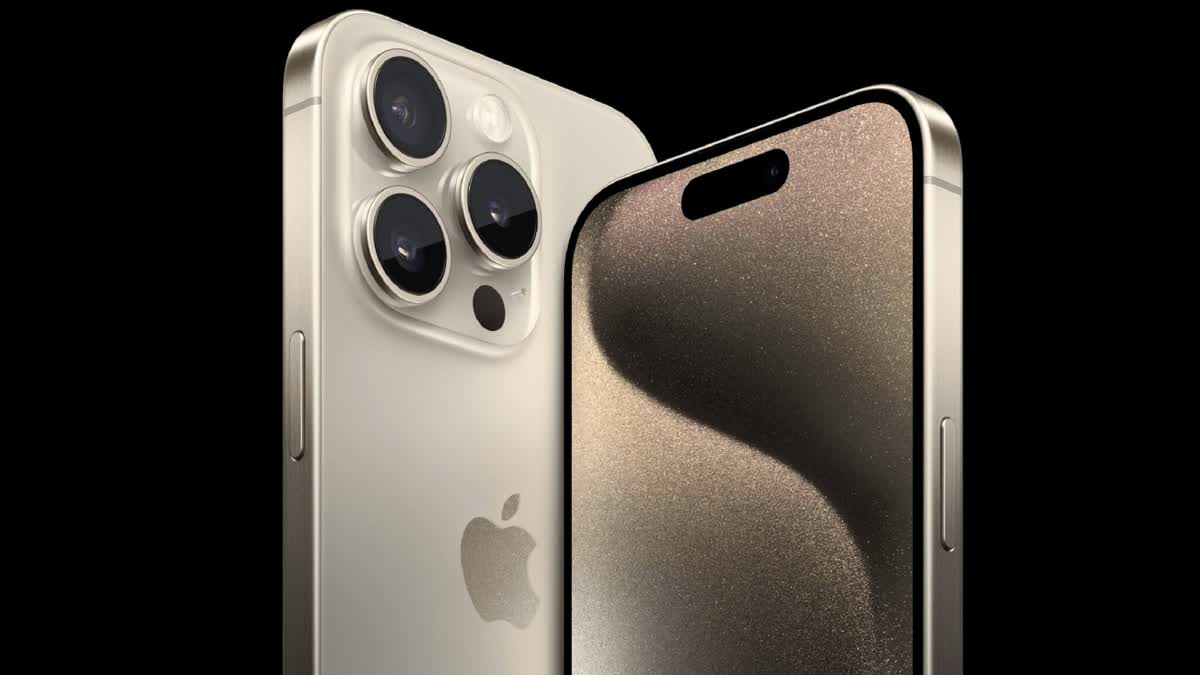New Delhi: The news about India’s Tata Group acquiring a 100 per cent stake in Taiwanese iPhone contract manufacturer Wistron’s India operations marks a significant milestone in the country’s progress towards manufacturing high-end electronic products in the country. The deal, once implemented after obtaining regulatory approvals, will enable Tata Group to manufacture the latest iPhones in India for domestic and international markets.
Manufacturing of Apple’s iPhones in a country is a clear demonstration of the fact that the country can become part of the global supply chain of cutting-edge information technology and electronic products. The US technology company Apple Inc. produces cutting-edge mobile phones, laptops and smartwatches that are some of the most coveted consumer products in their product categories with cult status among buyers.
Components for iPhones are manufactured in China, Taiwan, Thailand, Japan, Germany, South Korea, the United States and India and in some other countries also. Taiwan’s Foxconn Group, which is the biggest contract manufacturer for iPhones, also manufactures iPhone components in India, but it will be the first time that a major Indian company will manufacture iPhone or iPhone components for Apple Inc. in India.
Despite the government’s focus on Make in India initiative and its efforts to boost local manufacturing of electronic products such as mobile phones, laptops, television sets and other IT hardware and electronic products, India remains a huge importer of these products as local markets have traditionally been flooded with imported items from China, Vietnam, Malaysia, Taiwan among others.
Why does India remain backwards in electronics manufacturing? According to Industry insiders, one of the major reasons behind India’s huge import bill of electronic goods is the country’s decision to sign the Information Technology Agreement (ITA) that the country signed in 1997 under the World Trade Organisation. According to the data shared in a WTO paper that was released on the completion of two decades of ITA in 2017, China was the biggest beneficiary of the ITA.
In 1996, when the ITA was negotiated, 15 member EU Bloc accounted for 31 per cent of the global share of export of electronic products covered under the ITA. The EU was followed by the USA (20 per cent), Japan (15 per cent), Singapore (7 per cent), Chinese Taipei or Taiwan (6 per cent), South Korea (5 per cent), Malaysia (4 per cent), Canada (2 per cent), and China (2 per cent).
However, in 2015, nearly two decades after its implementation China left behind all other WTO members by a sizable margin as the country alone accounted for 33 per cent of the global export of electronic products covered under the ITA.
China was followed by the European Union (16 per cent) despite the fact that in 2015 the membership of the EU had increased from 15 countries to 28 countries. The share of the United States was reduced from 20 per cent to just 9 per cent. However, Singapore was able to hold on to its 4th slot with a 7 per cent market share that year.
Singapore was joined by South Korea, Taiwan with both having a 7 per cent share in the global trade of electronic products while Japan, the third largest shareholder in the global trade of electronic products, was reduced to the 7th spot with just 4 per cent market share as Vietnam and Malaysia also commanded the same market share. However, India only accounted for 0.1 per cent market share in the global export of electronic products in that year.
Information Technology Agreement- The ITA was the first and most significant tariff liberalization arrangement negotiated in the WTO after its establishment in 1995. ITA led to the elimination of import duties on products which in 2015 accounted for an estimated US$ 1.7 trillion, almost three times as much as when it was signed in 1996.
The IT sector has been one of the fastest-growing sectors in world trade. According to a WTO report, trade in these products accounted for approximately 15 per cent of global merchandise exports in 2017.
What electronic products are covered under ITA? The ITA covers a large number of high-technology electronic products, including daily-use electronic products such as personal computers, and laptops. ITA also covers telecommunication equipment, semiconductors, semiconductor manufacturing and testing equipment, software, scientific instruments, as well as most of the parts and accessories of these products.
Initially, only 29 WTO members joined the ITA, but now the ITA covers 81 WTO members, which account for approximately 97 per cent of world trade in information technology products.
Zero custom duty under ITA detrimental to local industry- The ITA requires each participant to eliminate and bind customs duties at zero for all products specified in the agreement. Because the ITA concessions are included in the participants' WTO schedules of concessions, the tariff elimination is implemented on a most-favoured nation (MFN) basis.
This means that even countries that have not joined the ITA can benefit from the trade opportunities generated by ITA tariff elimination. These provisions in the ITA benefit countries such as China, which has a well-developed eco-system for electronic product manufacturing and dominates the global supply chain of these products.
Read More



